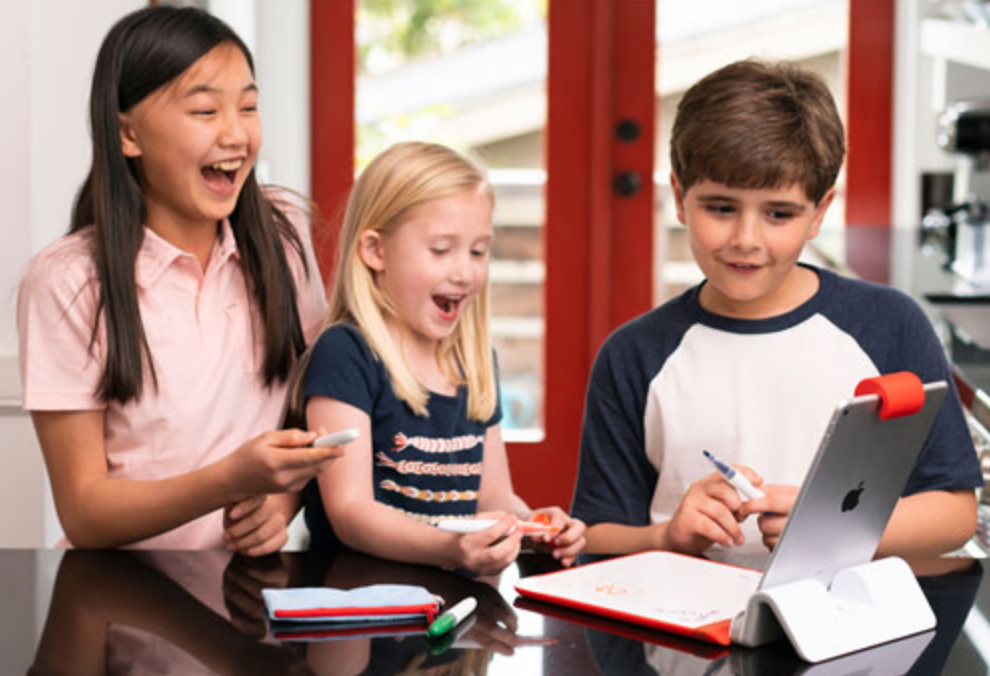
Being a kid is all about play, but it’s also important to foster learning. Toys are a staple in any home with a child, and educational toys are among the best you can get to combine both fun with learning skills. These can range from the simple wooden block puzzle to more complex toys like kid-friendly computers, coding robots, and elaborate building sets, which help kids learn fine motor skills, problem solving, and more.
Through a child’s lifespan, they will own and play with more toys than they could ever imagine. But parents, especially, appreciate educational toys. Thankfully, they run the gamut with options to suit every age, from baby to teenager, and are available at every price point. They include simple toys you might not even recognize have educational value and sophisticated toys that have a clear educational purpose. But all of them possess the most important quality for a toy: they’re fun.
In this guide, we’ll discuss what defines an educational toy, the benefits educational toys have for kids of all ages, and the various types of educational toys you can get for kids, from babies right up to pre-teens and teens. We’ll also touch on things to consider when choosing educational toys, including those that involve using the Internet.
Table of contents
What defines educational toys?
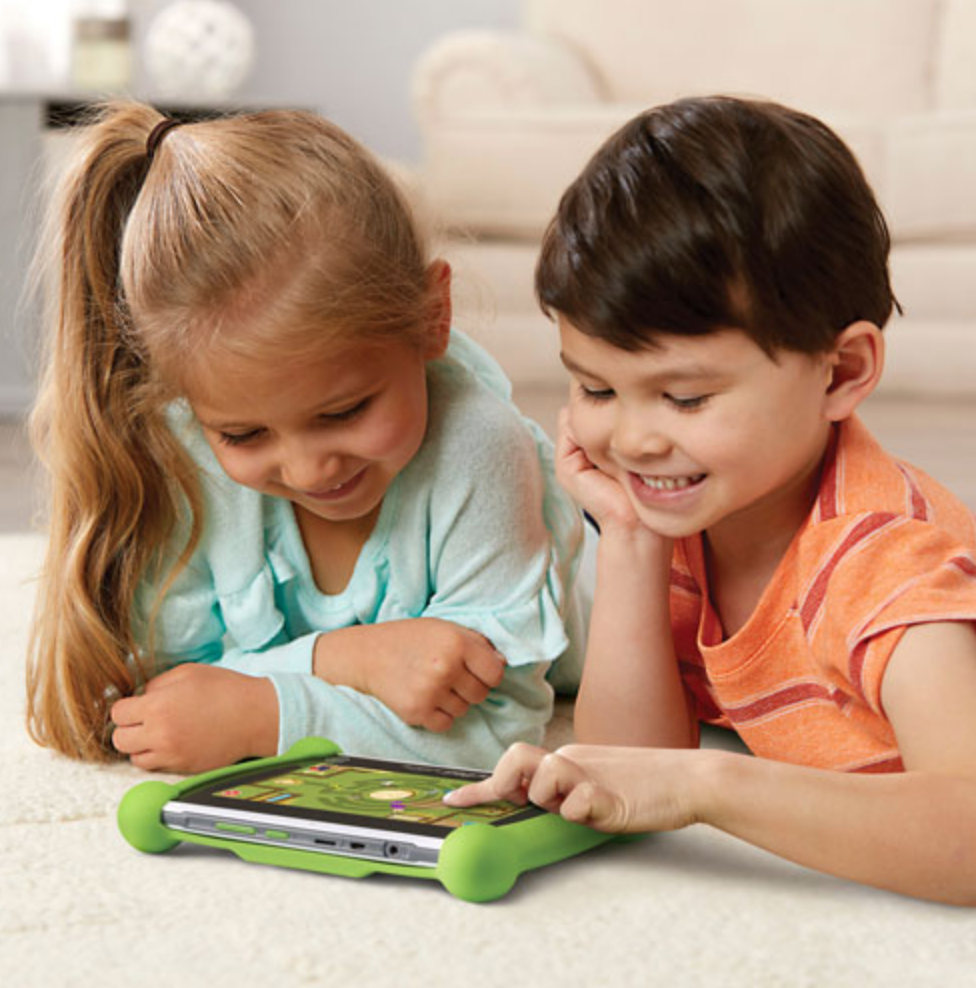
An educational toy can be defined as any toy that helps a toddler or child learn a new skill. This can range from fine motor skills for little ones to problem-solving and even coding for older kids. Most toys do, or at least can, have some educational value when used correctly. For example, if a child is simply using a set of blocks to throw them around the home, they aren’t learning much. But once they begin organizing, stacking, gripping, and recognizing markings, lettering, pictures, and colours on them, it’s an entirely different story.
Part of a child getting the most out of educational toys is having a parent or other caregiver work with them. But in some cases, figuring things out on their own helps kids learn independent thinking.
The benefits of educational toys
There are many benefits of educational toys, and the specific benefit typically depends on the toy itself. But there are common themes found among some of the most popular categories of educational toys.
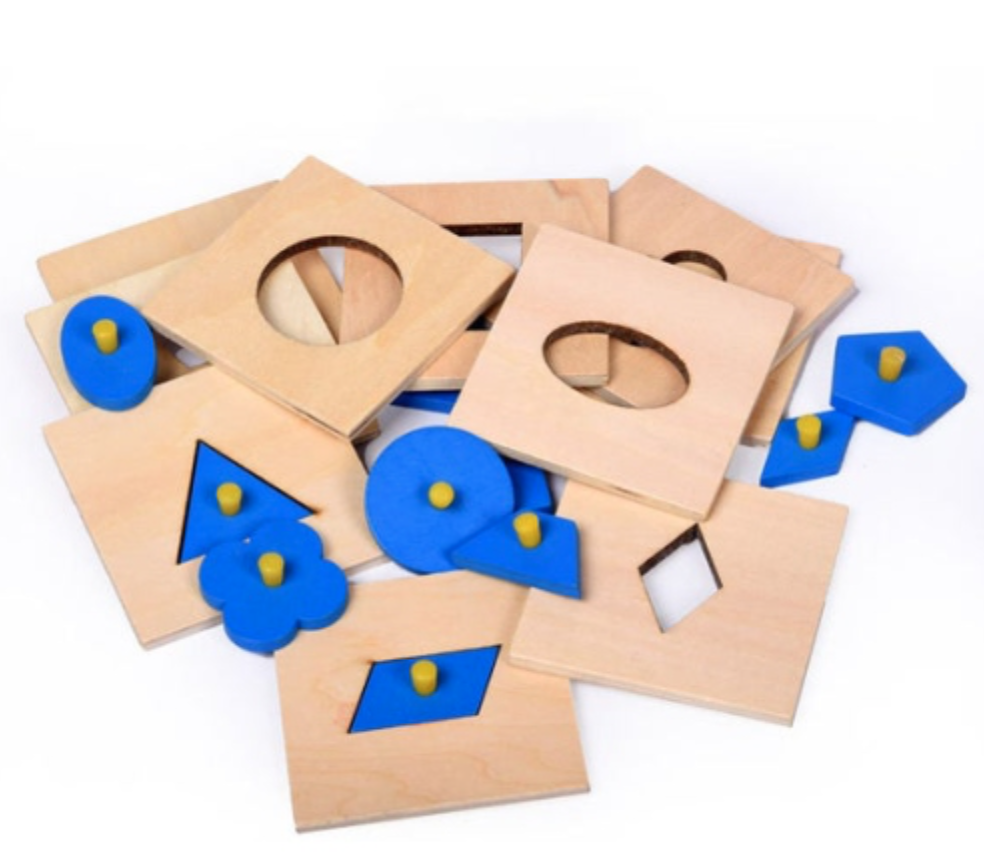 Hand-eye coordination
Hand-eye coordination
From the most basic level, educational toys help kids develop and continue to hone their hand-eye coordination. Chances are, anyone with a school-aged child has heard the argument from them that video games are good because they help them develop hand-eye coordination. And there is indeed some truth to that. (The excessive screen time that comes with too much gaming, along with the choice of games, is typically a parent’s main concern.)
Kids learn to manipulate physical toys, whether it’s playing in an activity gym, pressing buttons, putting items in specifically sized slots, or even playing a particular sport that helps them keep their eye on the ball, so to speak. With electronic games, kids can do these things virtually, and work on reaction times, acute awareness, and skills.
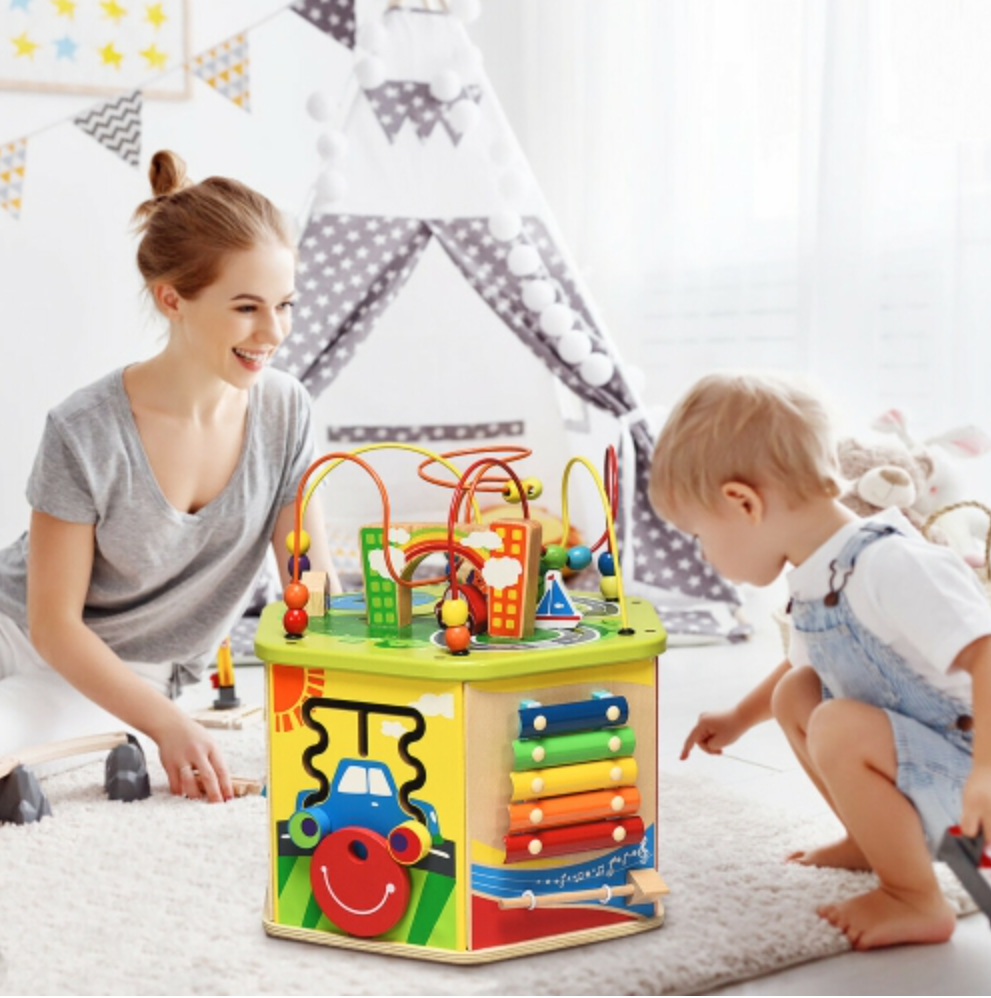 Fine motor skills
Fine motor skills
Many educational toys, especially for younger toddlers and preschoolers, focus on helping little ones develop and improve their fine motor skills. This might be something as simple as being able to pick up and grip a block, or an oddly shaped item in a wooden peg puzzle. Some of the simplest early learning fine motor skills toys might include a plastic container with different shaped holes that only a single piece can fit into, or an activity centre with balls that run on mazes. Kids experiment and work hard to finally figure out which pieces go where. The same principle can apply to toys for older kids, like large puzzles and building toys.
Dexterity
For older kids, especially, toys like building block sets help them improve dexterity as they combine tiny pieces with intricate details to form larger structures. With younger kids, the same principle holds, but with bigger, more age-appropriate items they can use to learn how to push levers, for example, turn knobs, or even place a key into a hole. Video games can apply here, too, as older kids learn how to manipulate a controller to make an on-screen character do different things, recalling the right sequence of 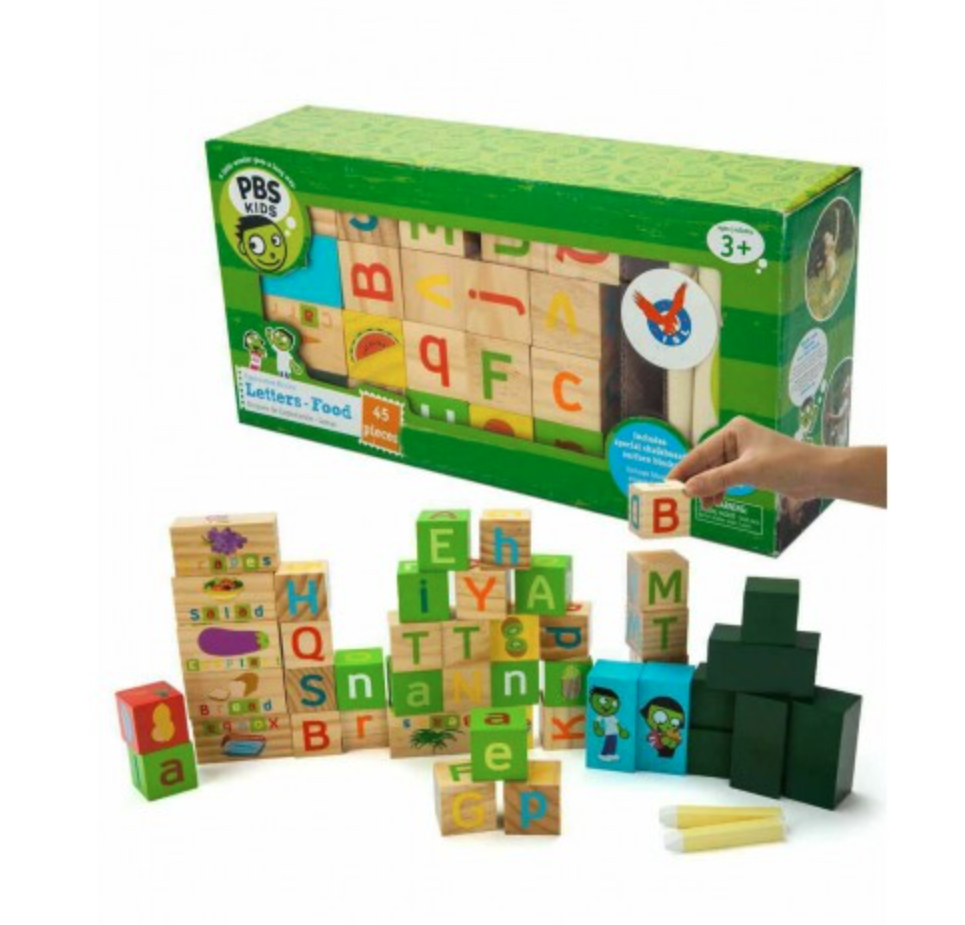 movements and being able to do them effectively and on time.
movements and being able to do them effectively and on time.
Learning letters, numbers, and patterns
For younger children, many educational toys focus on helping them learn those all-important ABCs, 123s, colours, and patterns. There is a reason educational toys for toddlers and young children feature bright colours and images beyond just delighting their senses: they learn to recognize and identify these colours as well as different pictures to associate with words like “dog,” “cat,” “balloon,” or even emotions like “happy” and “sad.”
Cognition and critical thinking
Cognition refers to the general process of acquiring knowledge through experiences, critical thinking, and using ones’ senses. The best educational toys for kids focus on encouraging children of all ages to explore and figure things out on their own. It could be how to pass a level in a game, how to code a robot to move forward and backward, or understand general cause and effect.
Memory
Educational toys can help kids with memory as they recall details, such as orders of items, where a particular piece might fit in a structure, or how to achieve a specific task. This applies to things like video games and coding, particularly when a very intricate set of instructions is required to make a specific move.
STEM studies
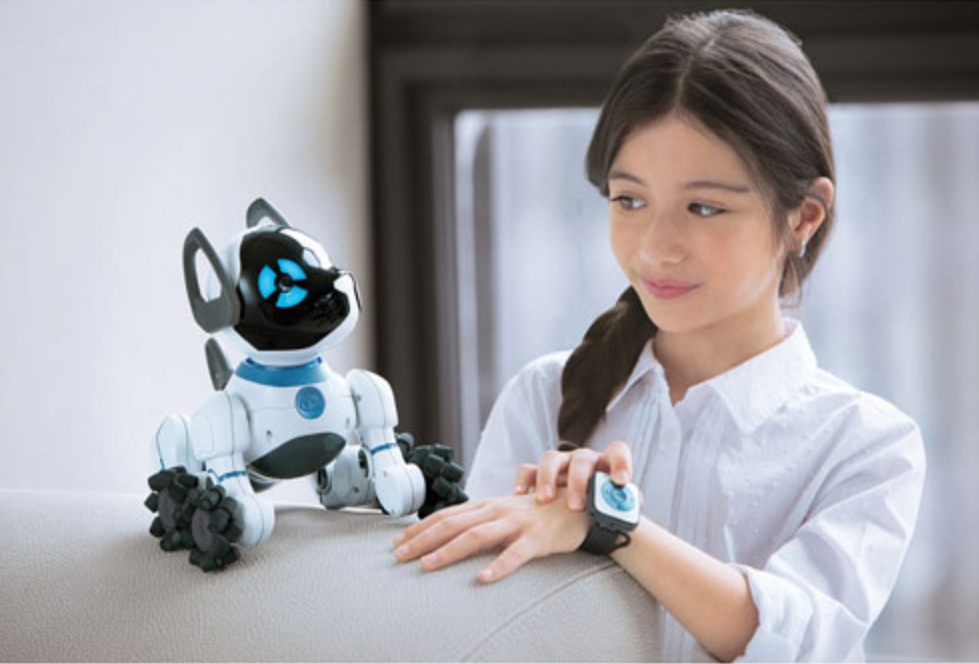
Many of the latest educational toys, particularly the connected ones, focus on helping kids learn important STEM skills, referencing Science, Technology, Engineering, and Math. This can range from the basics of coding to higher level coding and programming language. It might include, for example, clicking pieces together in a toy caterpillar to make it move a certain way on the floor, or creating coded directions for a toy robot to walk across the room, pick up an item, and bring it back to you. It could also involve creating custom video games and other software programs.
Cooperative play and other life skills
Through educational toys, kids learn about cooperative play, whether it’s playing with other kids as they compete on strategic challenges or with their parents who help them along. Kids can also learn about how different actions they make cause related reactions, such as pulling a lever to open a secret door or pushing a button to make a specific sound.
Types of educational toys
The types of educational toys are vast, with some categories designed specifically for one age group or another, whether it’s babies or teens, and others that have options to cater to every child’s age.
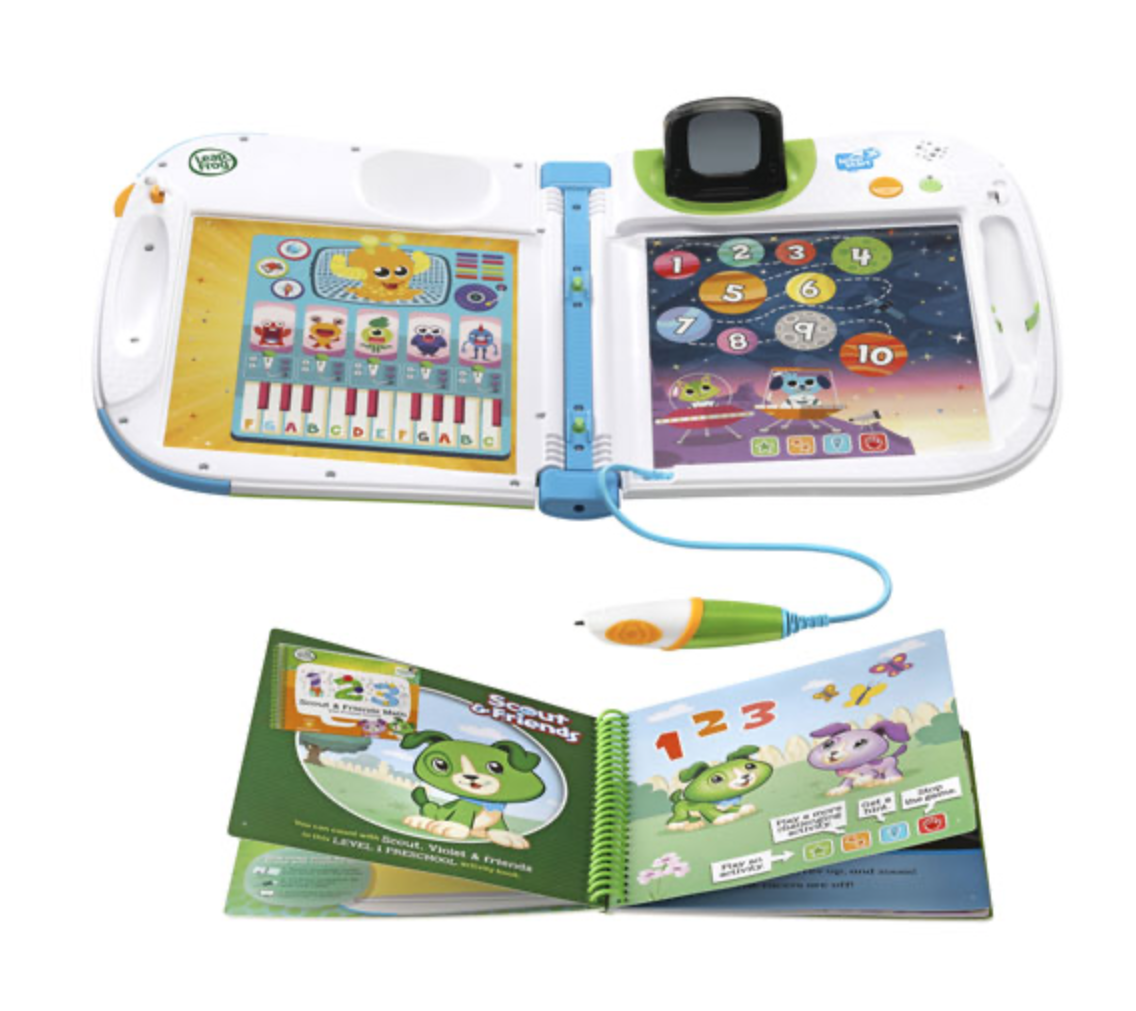 Learning and educational toys for babies
Learning and educational toys for babies
Learning and educational toys for babies include items that are designed for kids to start learning right from birth. They begin with items like activity gyms, which not only provide a comfortable spot where babies can lie down or practice tummy time, but also tons of stimulating toys to keep them entertained. But they also help babies recognize things like patterns, colours, movement, sounds, grip strength, and more.
As babies get older, they will move into other types of educational toys, like stacking blocks that help them work on their fine motor skills and recognition, and even things like interactive books that let kids press a button to hear the words on the page read aloud.
Growing further, kids can explore with imaginative and creative play toys, like pretend food, which is oodles of fun but also teaches them to recognize more things like different foods, food groups, and even the basics of the bath once you get to play that timeless game of grocery store with them.
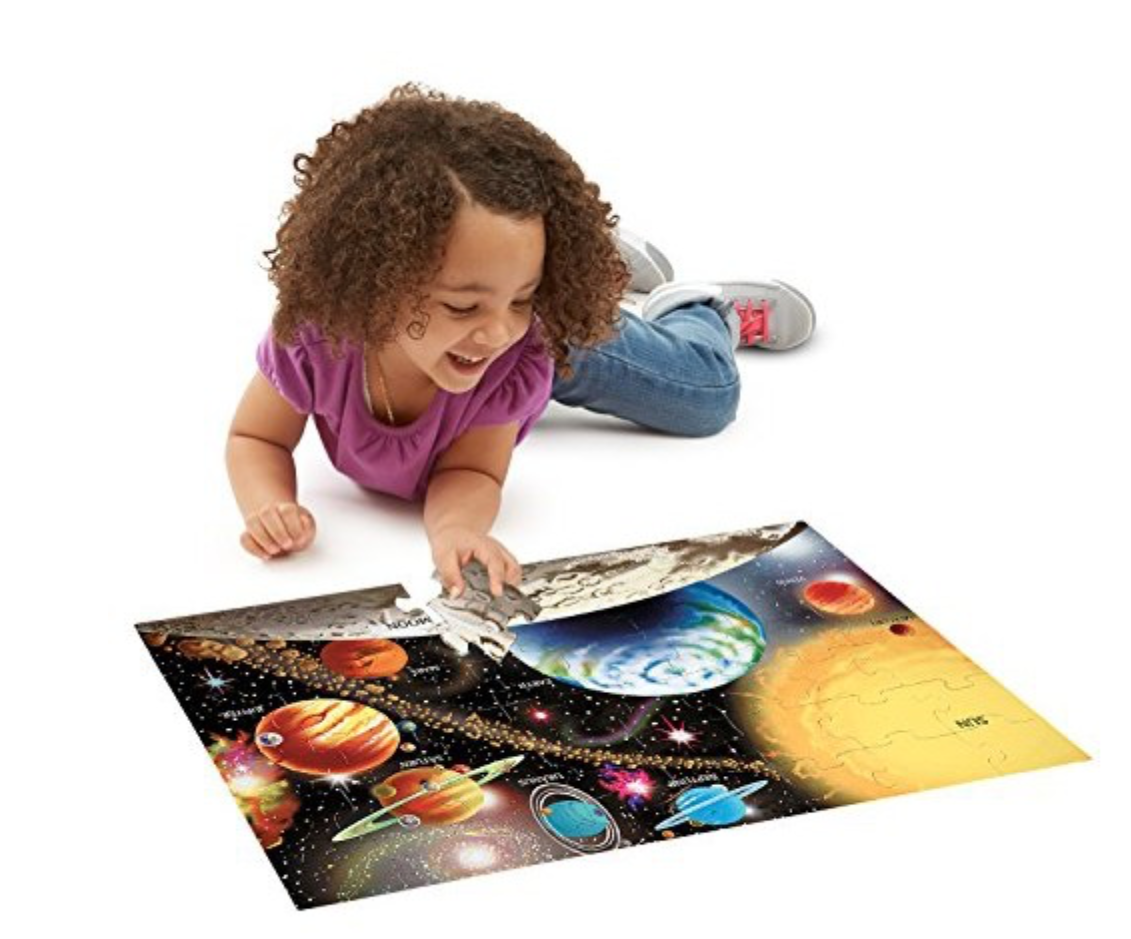 Kids puzzles
Kids puzzles
Puzzles are a fun activity to do solo or even with the whole family. They come in small sizes of less than 100 with larger pieces and go all the way up to larger 1,000+ piece puzzles that kids or families can work on for days, weeks, even months, doing a little each day. It’s not only a soothing and calming activity, but puzzles are educational, too. Kids have to use strategic thinking to figure out the best way to get it done: do you do the edge pieces first? Turn every piece face up and sort pieces by colour? Once they come up with a plan, it’s a matter of literally sizing up the pieces to find which ones might fit and using their skills to spot the right one in a large pile.
There are also kids puzzles designed to be educational in other ways, such as puzzles that feature an entire world map with landmarks or the solar system they can study once the puzzle is finished. Then, there are three-dimensional puzzles that add another layer to the 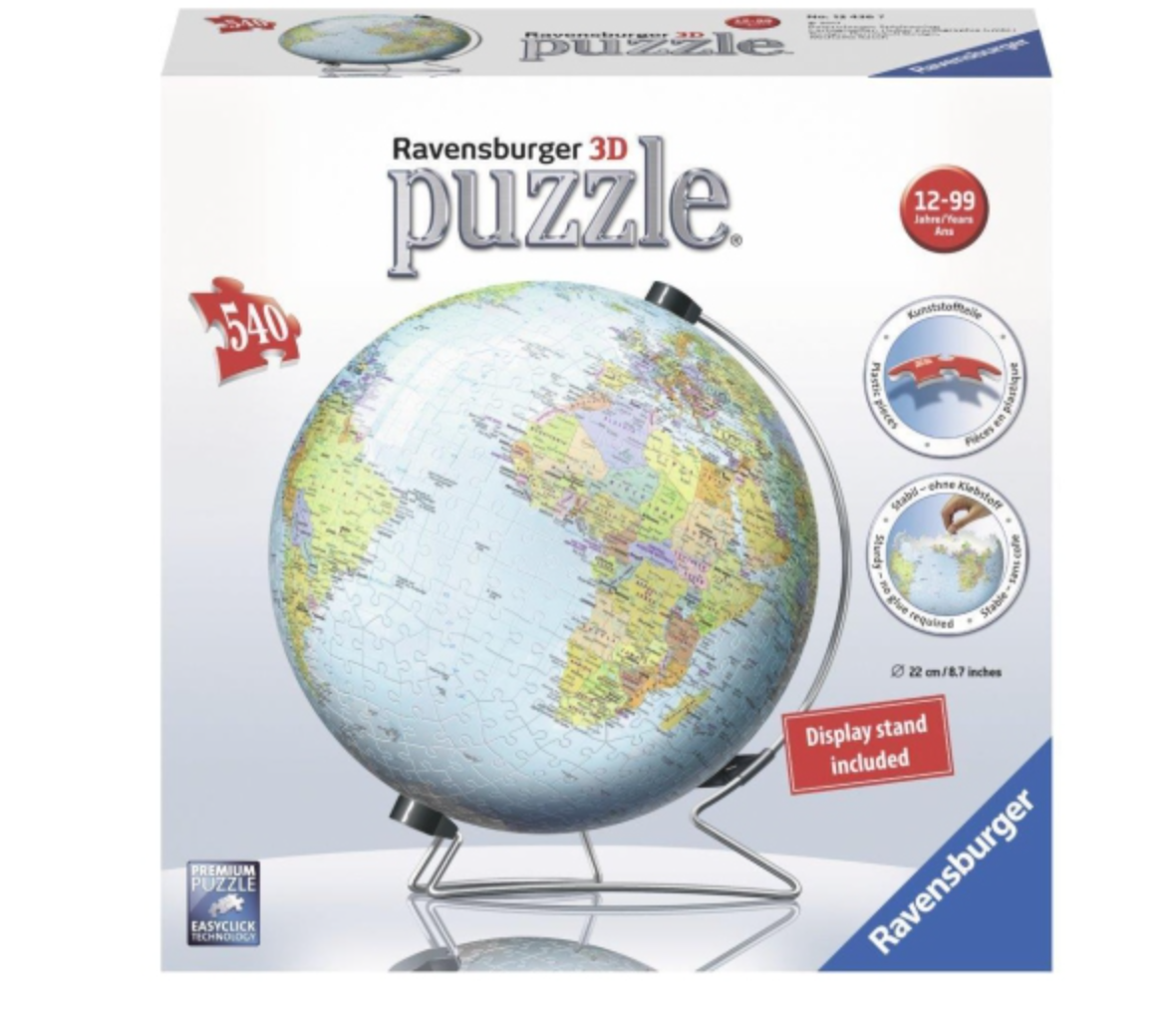 experience, as well as other puzzles, like Rubik’s Cubes.
experience, as well as other puzzles, like Rubik’s Cubes.
Kids puzzles by age
Puzzles for babies and toddlers typically fall into the wooden peg puzzle type, with larger, thicker pieces that don’t pose a choking hazard. The pegs, meanwhile, make it easier for kids to pick up each piece to place it in the desired slot. As kids grow to the toddler and preschool age, they can opt for puzzles with regular cardboard pieces but that are small, usually only with anywhere from 30-60 pieces, or even less. These puzzles are designed to be put together and taken apart again and again.
Naturally, the older a child gets, the bigger puzzle you want to consider with more pieces.
Smart toys & robotics
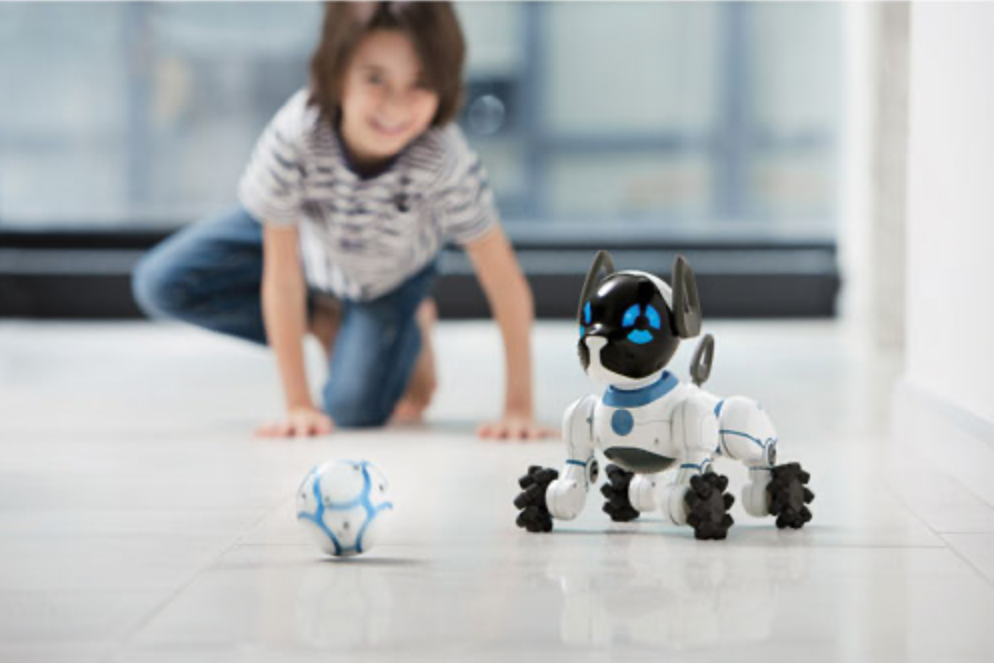
Typically geared towards older kids, you can actually find smart toys and robotics for toddlers as young as 2 as well. The focus with these types of toys is to spark creativity and help kids develop problem-solving skills using principles of STEM (Science, Technology, Engineering, and Math). They range from robot toys to coding kits, creative toys, learning kits, and specific STEM toys. Educational toys that fall into this category are typically more modern and cutting-edge with high-tech features. They might include things like responses to voice or touch commands, teach basic coding principles, or even include advanced technology like augmented reality. These types of toys offer many of those other over-arching benefits mentioned earlier, including hand-eye coordination, creativity, and problem solving.
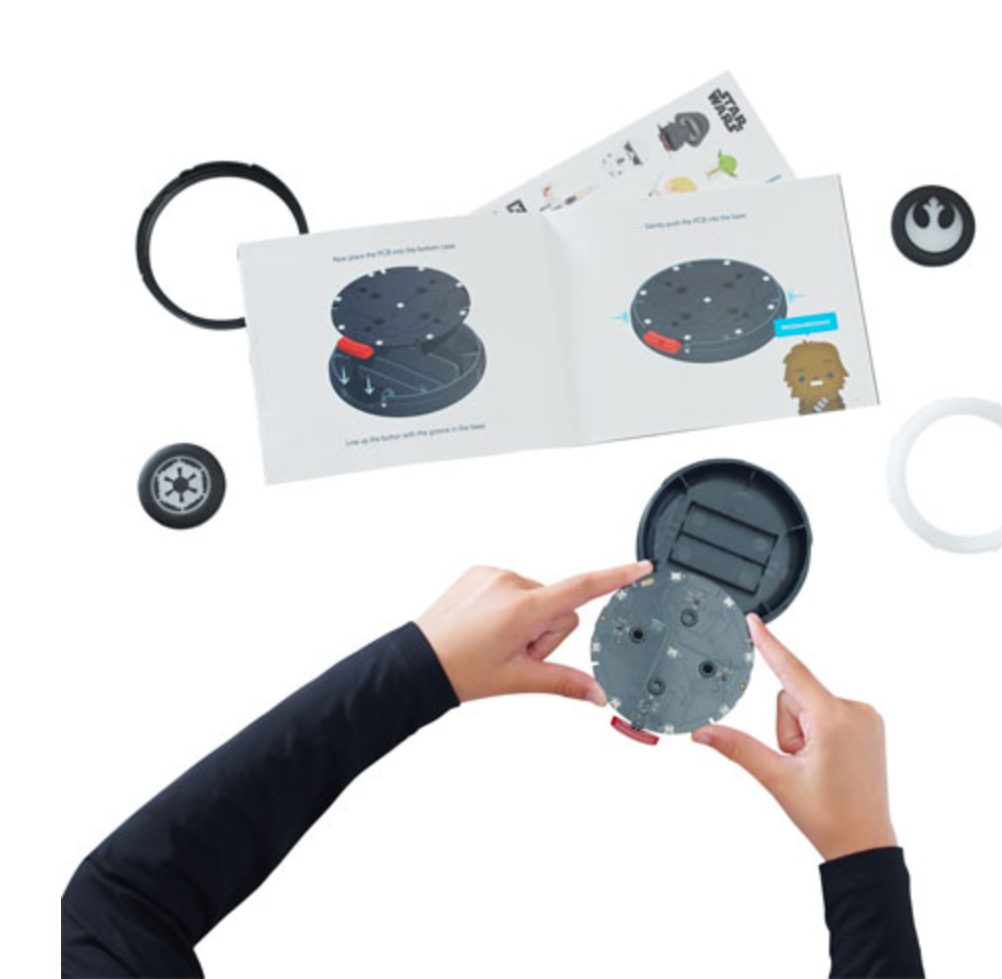 Smart toys and robotics by age
Smart toys and robotics by age
2-8+ Years: Smart toys and robots for preschoolers might include movable and even musical toys that teach things like numbers, letters, or even coding. Oftentimes, they will work with a smartphone or tablet as well. Getting into school ages, these interactive toys might consist of more interactive learning sets. They might also involve robots shaped as actual robots that talk, sing, and communicate with the little ones as they learn.
8+ Years: For older kids, smart toys and robotics will focus on helping them solve more complex problems, so instead of simply answering questions given by a robot, for example, the kids might have to code the robot to do different things. There are full robot inventing kits that will appeal to older kids, and that they can experiment with on different levels as they get older and begin to understand more.
LEGO and building blocks

LEGO and building blocks have been popular among kids for ages, and continue to be so as these sets are available around all of the most popular movies, TV shows, comic books, and other franchises. This makes it an easy sell for kids, but there’s a lot of education that comes with these types of toys. Kids learn not only to put together complex pieces to make a beautiful final product, or create their own, but they also have to work on patience and following instructions. Kids can also use loose pieces to foster their own creativity, figuring out how to build structures with solid bases so they don’t topple over, for example.
LEGO and building blocks by age
Start with small sets under the Mega Blocks or LEGO Duplo brands for younger kids, which include bigger pieces and simple instructions. It might be just four or five pieces that click together to create an animal. Any type of interlocking bricks will help toddlers build dexterity and strength as they figure out the correct placement. A simple set of building blocks kids can use to make their own creations is useful as well, so they can work on 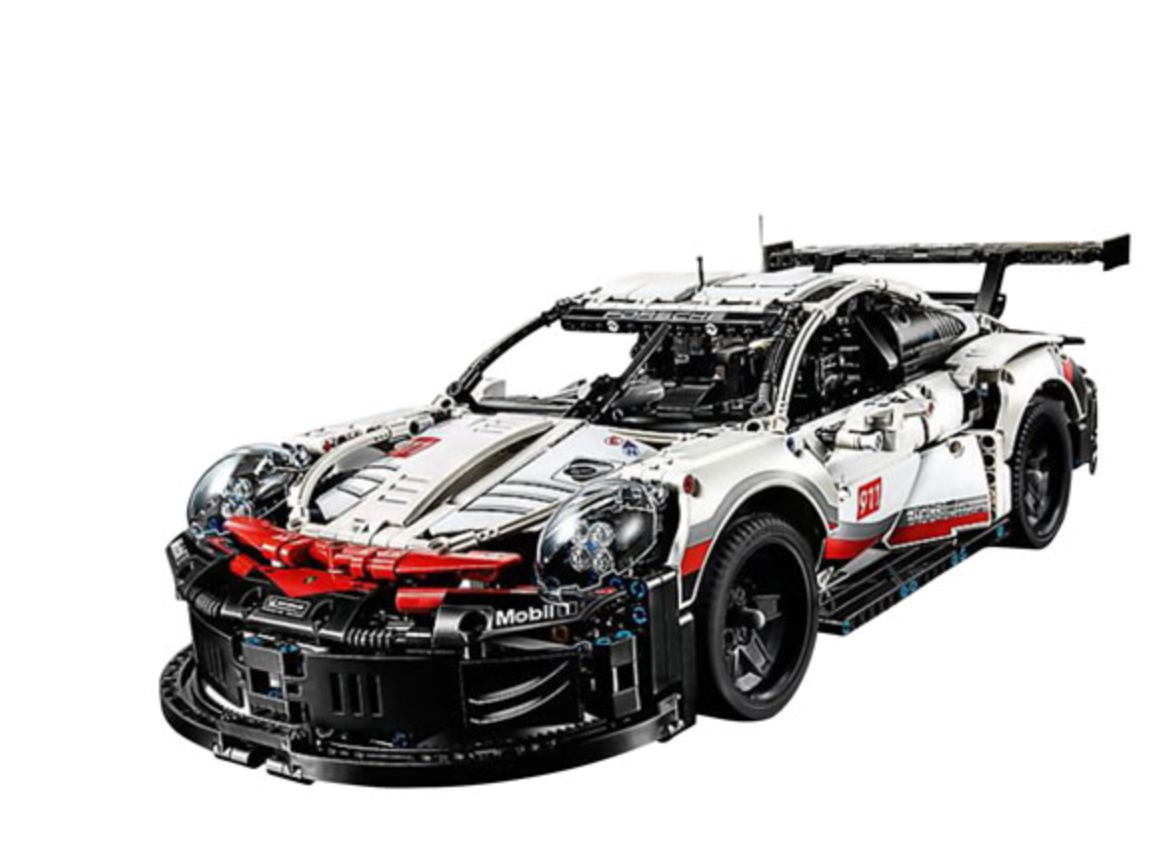 making their own structures.
making their own structures.
As kids get older, you can move up to more complex sets that include hundreds, sometimes thousands, of pieces. Some add electronic components like lights or motors, and might even work with a mobile app to combine building with STEM principles and coding. Like with puzzles, some building sets are educational in that kids can learn about things like the world map or the different components that make a car run.
These sets are clearly labeled by recommended age group. With sets for toddlers, you’ll want to be very mindful of these labels as they advise which sets have small parts are might not be suitable for a younger child. With bigger sets, you might find your child is able to level up as they gain experience, or might have to level down until they get the hang of the process.
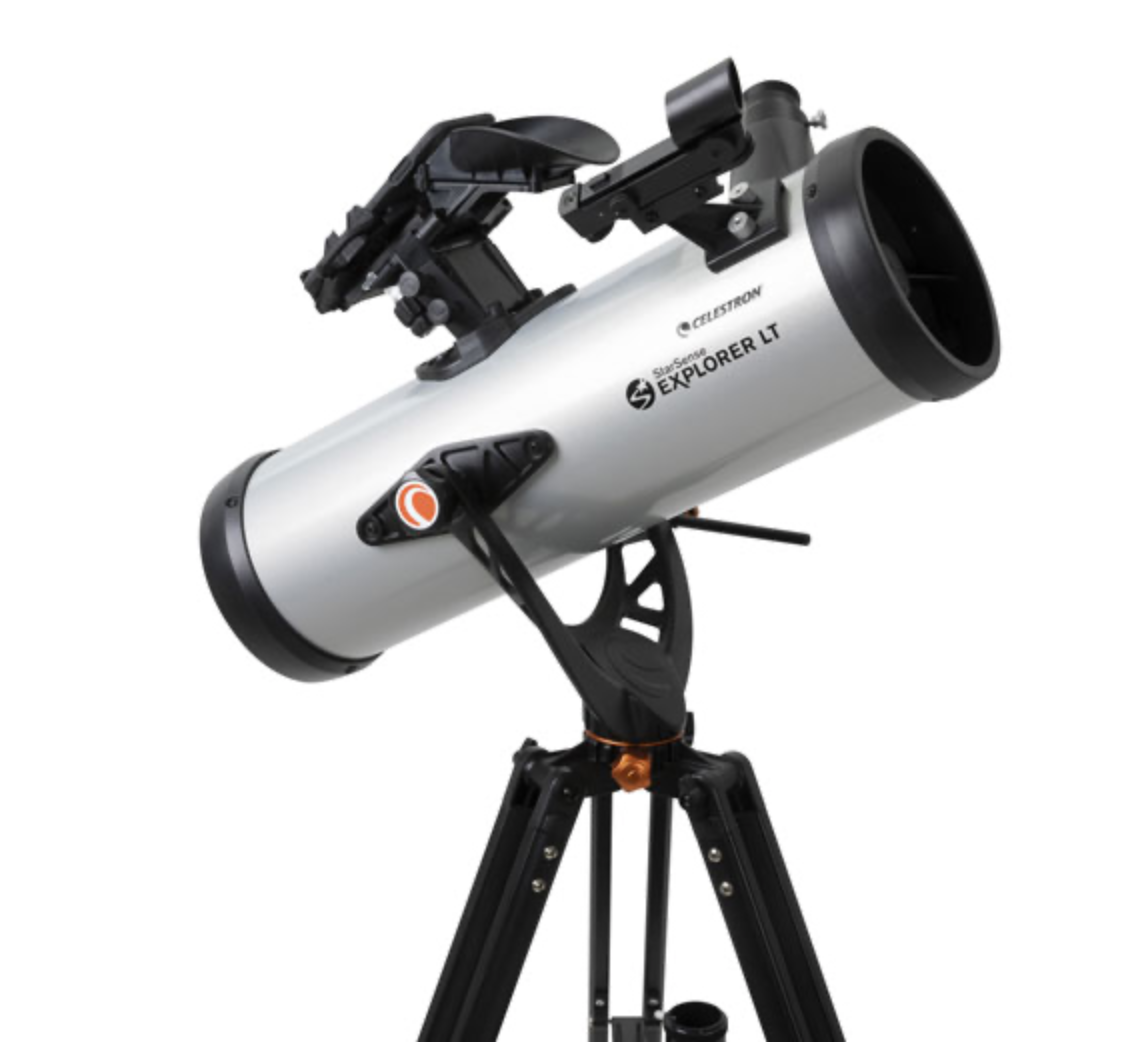 Science & education
Science & education
When it comes to kids who express an interest in science, you’ll want to foster this interest and allow them to explore them further with science and education toys. These can include items like anatomical models to study the human body, microscopes with slides and accessories, and telescopes and related accessories. Kids will have fun learning about different parts of the human body, for example, how they function, what they do, and how they all work together. Or, they can enjoy looking for stars in the skies at night, then read up more on them to gain a better understanding of the solar system, stars, and other exciting wonders of the world. It’s a good idea to pair items like these with books so kids can soak up as much knowledge as they can.
Science and education toys by age
Science and education toys are usually for older kids once they have started grade school and have begun learning about these topics in class. If they have a lot of questions and express an interest in a particular subject, toys like these would be perfect to help them increase their education in that field. It could end up being something they decide to pursue as a career later in life, or simply a hobby.
Arts & crafts

Some like to promote the STEAM fields versus just STEM, which adds the all-important Arts category to the mix which, for kids, typically includes arts and crafts. Toys and gear to appeal to the artistic types will help them learn how to do things like draw, paint, sew, and create in a variety of ways.
Arts & crafts toys by age
You can start simple with crayons, colouring books, non-toxic paint, pencil crayons, and an art easel for kids as young as toddler age to express their creative sides. There are beginner craft sets for young children that help them create things using things like aquabeads or even knitting through a child-friendly machine. Then, move up to things like spirograph sets, jewelry-making kits, and more. As the child gets older, they might be interested in exploring products like 3D printers or sketching.
Factors to keep in mind with educational toys
As you can see, educational toys run the gamut and sometimes include toys that you might not even realize have an educational component to them. Depending on which you choose, there are a few things to keep in mind.
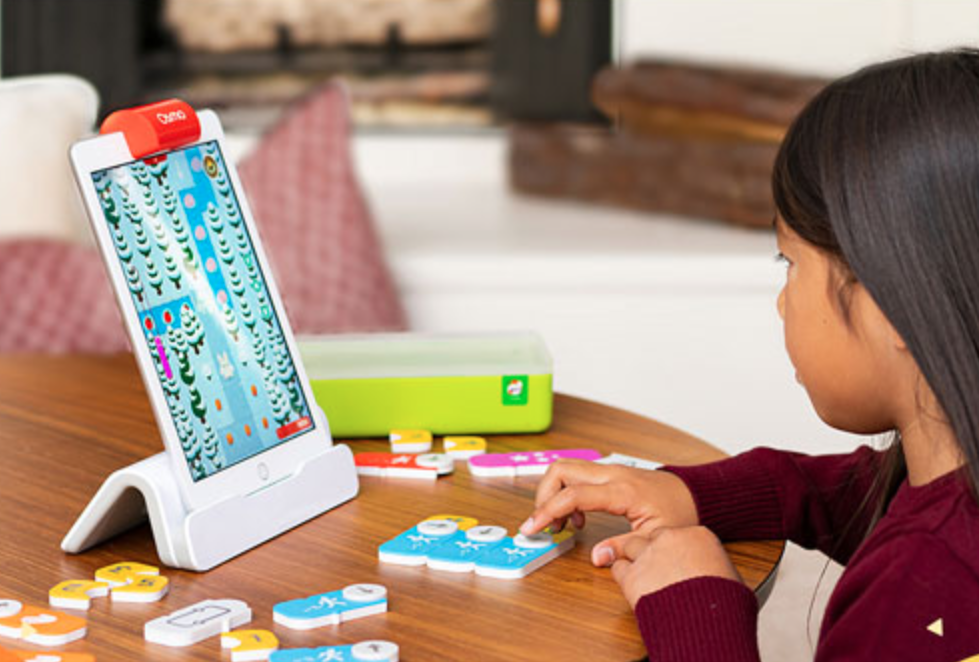 Focus on both analog and screen time
Focus on both analog and screen time
While high-tech toys are great, you also want to make sure you focus on some low-tech, non-connected education toys as well. A good mix will keep a child well-versed in technology, an important skill and knowledge to have in the future, while also able to do things for themselves.
Make sure to limit screen time
Even with educational apps, it’s important to limit the amount of time your child spends using an electronic screen. While ensuring that the screen time your child does spend is educational in some way, this doesn’t mean you should extend how much time they spend on an electronic device. Try to limit this to about an hour a day, potentially more depending on the age of the child. Older kids might already be spending a lot of time on computers at school, so having them use their play time at home to focus on non-tech items, like building blocks, sketching, or exploring anatomical models, holds tremendous value in offering balance.
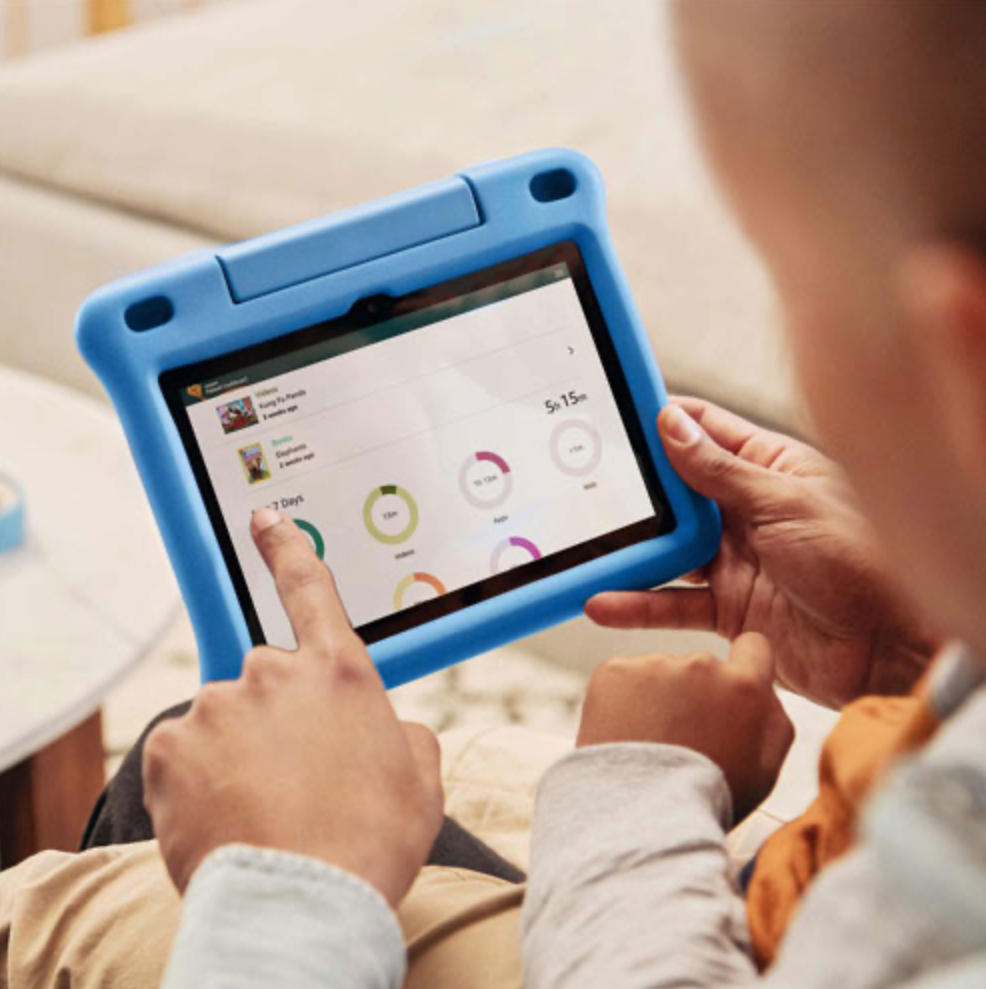 Keep privacy in mind
Keep privacy in mind
When using electronic devices, keep privacy in mind. Don’t allow your child to download any apps to use along with toys without your permission. Read through the privacy policy before accepting and ensure the app doesn’t have access to any function on the device it doesn’t need to be able to access, like a contact list, social media profile or friends list, camera, and/or microphone. Only download apps from reputable sources, using an app the manufacturer provides or recommends, for example, versus another third-party app.
Make use of parental controls
Most tech toys that connect to the Internet for kids allow for parental control with the apps or websites they work with. With a kids’ tablet or computer, for example, you might be able to do things like set screen time limits or even have a report of your child’s usage and even progress through different educational components. They might also allow you to block access to questionable websites or even songs from streaming services. The best educational tech toys for kids will provide some forms of parental control, particularly those appealing to curious and tech-savvy grade school-aged kids. For the youngest kids, you may want to consider a starter kids learning computer with limited content, voice feedback, but no Internet connection.
Ensure the educational toy is age appropriate
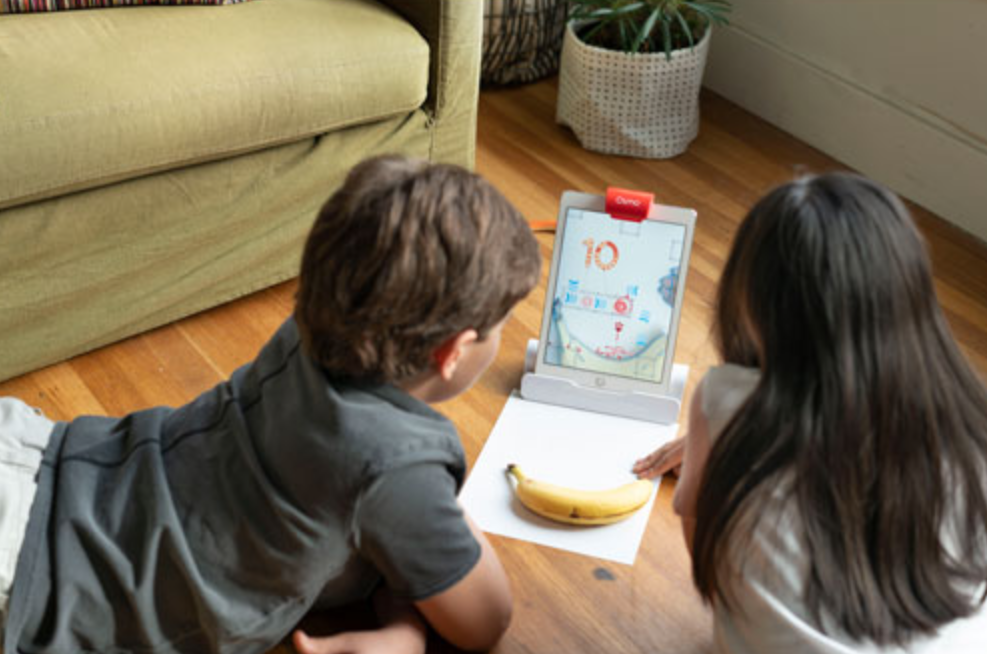
Hand-in-hand with the parental controls is making sure the educational toys are age-appropriate, to begin with. When it comes to toys for babies and toddlers, this comes down to safety: toys with small or removable parts that could pose a choking hazard are clearly marked for the age at which they are appropriate. Use these ages as a guide, as the toys will also appeal best to kids that fall into that range.
With older kids, you can use the age recommendations as a guide, but focus on the individual child. Sometimes, a child who is just 10 is able to put together a Lego set that is designed for ages 14+. Conversely, some kids might be behind on a particular subject, or be slow learners, so a toy that is listed for younger kids might be better for them to start with until they get comfortable.
The sheer amount of toys from which to choose for kids of all ages can be overwhelming. But the best options that both parents and kids will appreciate are educational toys that are also fun.
Take the next step
 At Best Buy, there’s a wide variety of toys with options to appeal to every age, from babies who are just getting familiar with their senses and cognition to grade school kids who are starting to learn more about things like reading, writing, math, and science, and older kids who are ready to delve deeper into specific topics that interest them.
At Best Buy, there’s a wide variety of toys with options to appeal to every age, from babies who are just getting familiar with their senses and cognition to grade school kids who are starting to learn more about things like reading, writing, math, and science, and older kids who are ready to delve deeper into specific topics that interest them.
The post Educational toys buying guide appeared first on Best Buy Blog.

